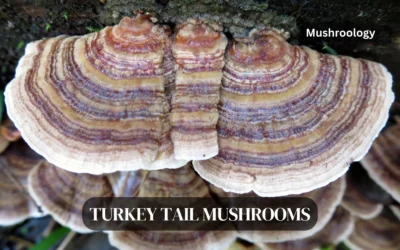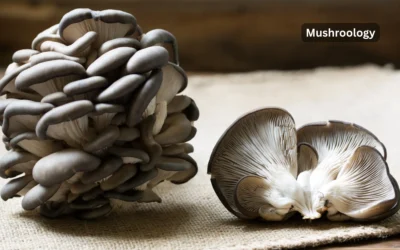Everything you need to know about these mysterious underground fungi that command sky-high prices
You’ve probably wondered why truffles fungi cost more than gold by weight. These underground mushrooms aren’t just expensive – they’re completely different from regular mushrooms in ways that’ll surprise you. Here’s what makes truffles so special, based on current mycological research.
What are truffles fungi and how do they differ from mushrooms
Truffles fungi belong to the genus Tuber within the family Tuberaceae. Unlike typical mushrooms that grow above ground, truffles fungi develop as fruiting bodies completely underground at depths of 2-39 inches (5-100 cm). The North American Mycological Association explains that this underground growth is called “hypogeal” development.
When you compare truffles vs mushrooms, the key difference is location and structure. Regular mushrooms release spores into the air, but truffles fungi rely on animals to find them underground and spread their spores through digestion.
Why truffles fungi grow underground instead of above ground
Truffles fungi evolved this underground strategy for a specific reason. They form partnerships with tree roots called mycorrhizal relationships. According to research from Cornell University’s mycology program, truffles fungi provide trees with minerals and water while receiving sugars in return. This partnership keeps them anchored underground where they can maintain constant contact with their host tree roots.
The truffle spores develop inside the underground fruiting body, protected from weather and competition. When mature, truffles fungi emit powerful aromas that attract animals like wild boar, squirrels, and even trained dogs – ensuring their spores get dispersed when animals eat them.
Types of truffles fungi you should know about
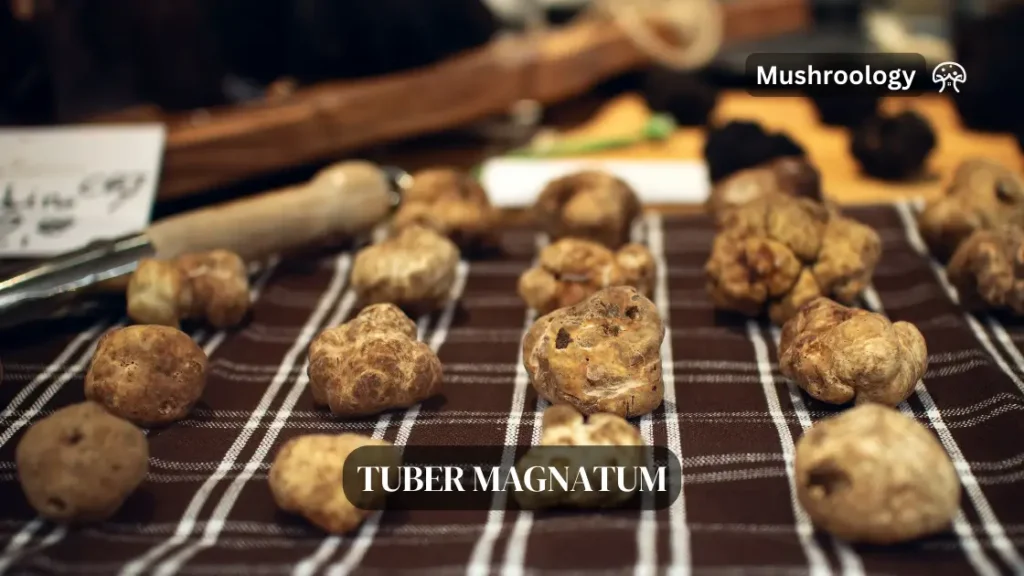
Different truffle species have distinct characteristics, seasons, and price points. Here are the main types of truffles fungi you’ll encounter:
Black truffles (Tuber melanosporum) – the “Périgord truffle”
Black truffles are highly prized by chefs worldwide. These truffles fungi have a dark, bumpy exterior and black interior marbled with white veins. They typically grow to walnut size and form partnerships with oak and hazelnut trees in calcareous soils with pH levels between 7.5-8.3.
Harvest season: November through March when soil temperatures stay between 32-50°F (0-10°C)
Where found: Southern France, Spain, Italy, and increasingly in cultivated orchards worldwide
Price range: $800-1,200 per pound ($1,760-2,640 per kg)
White truffles (Tuber magnatum) – the “Alba truffle”
White truffles fungi are the most expensive type, with their pale cream color and smooth exterior. Unlike black truffles, white truffles have resisted all cultivation attempts and must be wild-harvested.
Harvest season: October through December when nighttime temperatures drop below 50°F (10°C)
Where found: Piedmont region of Italy, parts of Croatia and Slovenia
Price range: $1,500-4,000 per pound ($3,300-8,800 per kg)
Summer truffles (Tuber aestivum) – beginner-friendly option
Summer truffles fungi offer a milder introduction to truffle flavors. They have a black exterior with brown interior and white marbling. According to David Arora’s “Mushrooms Demystified,” these are the most forgiving for new truffle enthusiasts.
Harvest season: May through August when soil temperatures reach 60-70°F (15-21°C)
Price range: $200-400 per pound ($440-880 per kg)
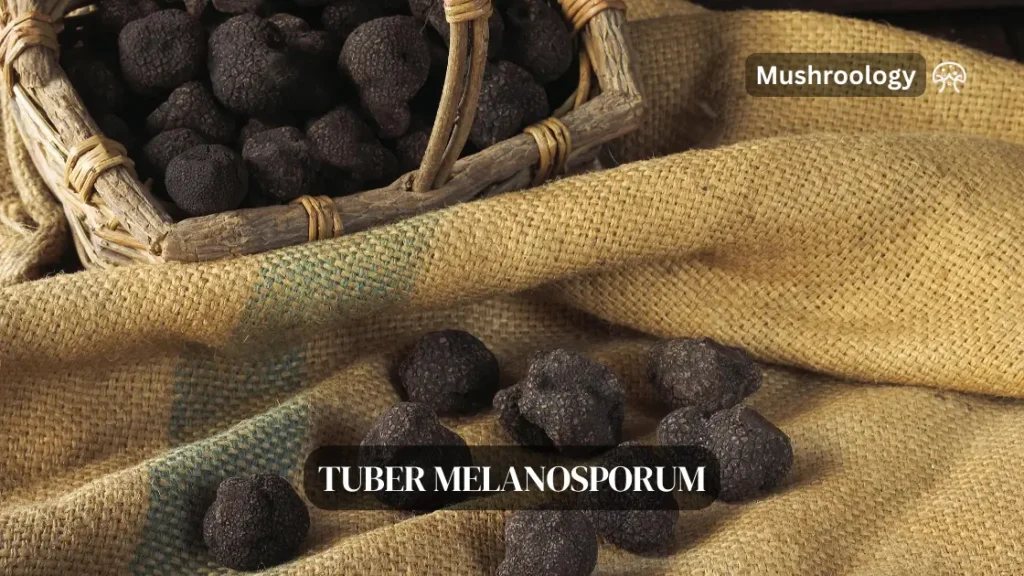
How truffle spores and mycelium work
The truffle life cycle starts when truffle spores germinate and develop into mycelium networks. This mycelium seeks out compatible tree roots to form the crucial mycorrhizal partnership that defines truffle fungi.
The truffle mycelium connection with trees
Truffle mycelium creates extensive underground networks connecting with oak, hazelnut, beech, and birch trees. Research from the University of California Davis shows this mycelium can extend several feet (1-2 meters) from the host tree, creating what mycologists call the “brûlé” – a zone where grass doesn’t grow well due to the truffle mycelium’s influence.
The mycelium network supports truffle development by:
- Transporting nutrients between trees and fungi
- Creating the underground environment where truffle fruiting bodies form
- Maintaining the soil chemistry needed for truffle growth
Why are truffles so expensive – the real reasons
You’re looking at several factors that drive truffle prices sky-high:
Scarcity and wild harvesting: Most truffle species can’t be reliably cultivated. White truffles especially remain completely wild, with harvest quantities varying dramatically year to year based on weather conditions.
Labor-intensive hunting: Finding truffles requires specially trained dogs and experienced hunters. A good truffle dog takes 2-3 years to train and can cost $5,000-10,000. Hunters typically earn 30-50% of the truffle’s market value.
Short shelf life: Fresh truffles lose their aroma within 7-10 days of harvest. This creates a narrow window for sale and transport, driving up handling costs.
Tiny harvest windows: Each truffle species has a specific 2-4 month harvest season. Miss the window, and you wait a full year.
What makes truffles so special beyond price
Truffles fungi contain over 200 volatile organic compounds that create their distinctive aroma. Research published in the Journal of Agricultural and Food Chemistry identifies key compounds like dimethyl sulfide and androstenone that trigger intense sensory responses in humans.
The umami-rich flavor comes from natural glutamates, making truffles a powerful flavor enhancer that transforms simple dishes into gourmet experiences.
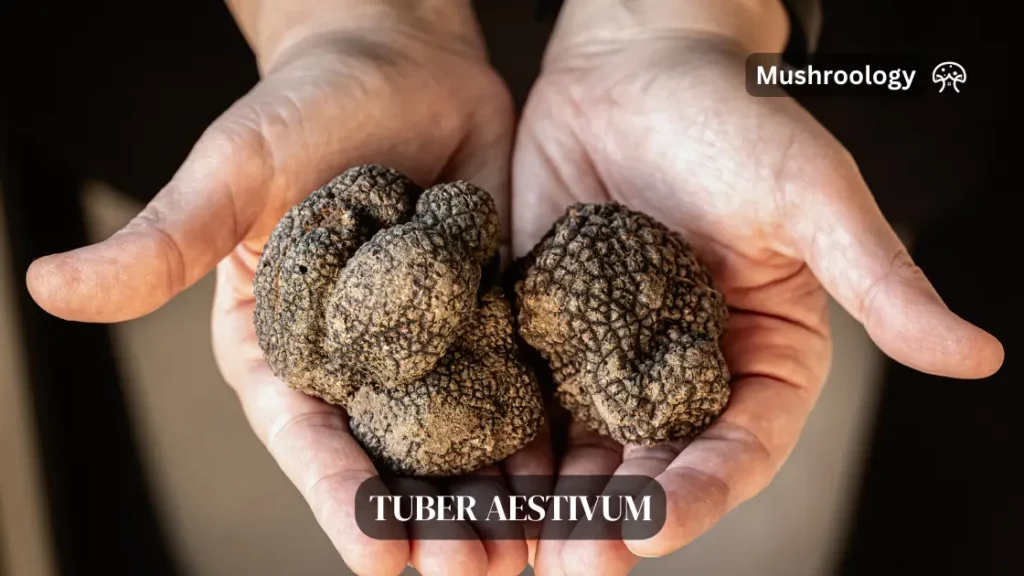
Growing truffles fungi – cultivation challenges and opportunities
Can truffles be cultivated? Yes, but it’s complicated. Black truffle cultivation has succeeded in several countries, but requires patience and specific conditions.
Truffle cultivation basics for beginners
Successful truffle cultivation starts with inoculated trees. Nurseries now sell oak and hazelnut saplings pre-inoculated with truffle spores. You’ll plant these in prepared soil with pH between 7.5-8.3 and good drainage.
Timeline expectations: Inoculated trees may produce truffles after 5-10 years. Some orchards don’t see production until year 12-15.
Soil requirements: Calcareous soils with high calcium content work best. You may need to add lime to adjust pH levels.
Climate needs: Distinct wet and dry seasons with winter temperatures between 32-50°F (0-10°C) for black truffles.
Truffle mushroom cultivation success rates
According to the European Research Institute, about 60% of properly established black truffle orchards eventually produce truffles. However, only 20% become commercially viable operations.
White truffle cultivation remains unsuccessful despite decades of attempts. The specific soil microbiome and climate requirements haven’t been replicated outside their native regions.
Truffle hunting and harvesting methods
Traditional truffle hunting combines trained animals, seasonal timing, and generations of location knowledge.
How truffle dogs find underground fungi
Truffle dogs can detect mature truffles from 6-12 inches (15-30 cm) underground. Training involves gradually introducing puppies to truffle scents and rewarding successful finds. The best truffle dogs learn to indicate finds without digging, preserving the delicate mycelium networks.
Hunting seasons: Early morning or after rain when soil moisture enhances truffle aromas. Hunters typically work in temperatures between 40-60°F (4-15°C) for optimal scent detection.
Conservation practices: Responsible hunters limit harvest areas and avoid over-digging to protect future truffle production.
Frequently asked questions about truffles fungi
Q: Are truffles mushrooms or a different type of fungus? A: Truffles are fungi in the same kingdom as mushrooms, but they’re specifically underground fruiting bodies. While mushrooms grow above ground and release airborne spores, truffles fungi develop completely underground and rely on animals for spore dispersal.
Q: What trees do truffles grow under? A: Truffles fungi form mycorrhizal partnerships with oak, hazelnut, beech, birch, and some pine trees. Black truffles prefer oak and hazelnut, while summer truffles work with a broader range of host trees.
Q: How do truffles reproduce if they’re underground? A: Truffles fungi rely on animals eating them and dispersing spores through feces. The intense aroma attracts wild boar, rodents, and other animals that consume the truffle and spread spores to new locations.
Q: Can you grow truffles at home? A: Home truffle cultivation is extremely challenging and rarely successful. Truffles require specific soil chemistry, climate conditions, and mycorrhizal partnerships that are difficult to replicate in small spaces. Most successful cultivation happens in orchard settings of 1 acre (0.4 hectares) or larger.
Q: Why don’t truffles grow above ground like regular mushrooms? A: Truffles fungi evolved underground growth to maintain constant contact with their tree root partners. This strategy provides stable moisture, temperature, and nutrient exchange, but requires animals to find and eat them for reproduction.
Q: What’s the difference between black and white truffles? A: Black truffles (Tuber melanosporum) can be cultivated, have earthy flavors, and are harvested November-March. White truffles (Tuber magnatum) remain completely wild, have more intense garlic-like aromas, and are only harvested October-December in specific Italian regions.
Helpful resources for truffle enthusiasts
- North American Mycological Association (NAMA)
- International Truffle and Mushroom Institute
- “The Truffle Book” by Rosario Safina and Giuseppe Valla
- Cornell Cooperative Extension Mushroom Program
Now you understand why truffles fungi command such high prices and how they differ from regular mushrooms. These underground treasures combine rarity, labor-intensive harvesting, and unique biology to create one of the world’s most expensive foods.
Your next step: Visit a local gourmet market to experience truffle products, or contact your state extension office about truffle cultivation possibilities in your area.




